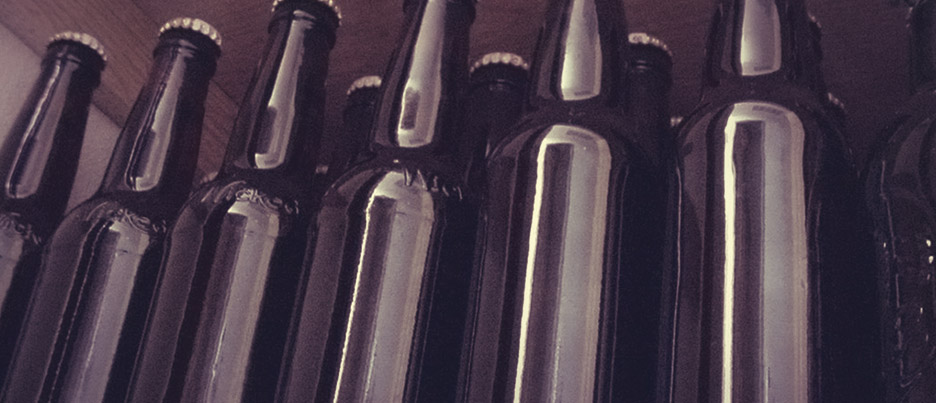Hand Crafted Beer. Poorly Crafted Names.

Hoptober, Hopscotch, Hippity Hop, Hop Head, Hopalong Cassidy, Hoppy Birthday, Hopinstein, Blah-Blah-Hop-Hop-Blah-Blah. These are all names of craft beers. Half of them I just made up while writing this, but I don’t even need to check to know that all of them are already taken. Well, maybe not that last one, but as soon as somebody reads this, I’m sure that one will be taken too.
How do I know this? They are the first thoughts that run through one’s head when trying to name an IPA. Unfortunately, when it comes to naming beers, many craft breweries never get past those first thoughts, as evidenced by a recent NPR piece written by Alastair Bland on the subject. The article discusses the rising number of naming conflicts taking place between the more than 3000 craft breweries in the country. Some cases have been settled amicably, while others have become full-fledged legal disputes, forcing some breweries to rename their beer after investing lots of time and money on labels, packaging, and customer equity.
So what’s the solution? Well, I’ve mentioned this in a previous post, but the key thing here is to remember what a name’s job is, or more specifically, what it isn’t. A name’s responsibility isn’t to explain what the product is or what it does. Neither is it to be advertisement or an art project. The job of a name is to be distinct enough to be remembered, familiar enough to be relatable, and to tie enough to the overarching brand so as to not be a disconnect. There is plenty of room on a bottle or a six-pack to do all that other stuff.
Some of my favorite beer names, New Belgium’s “Snapshot,” Furthermore’s “Knot Stock,” and our own Lakefront’s “Extended Play,” work in concert with the art and copy to give off a distinctive “vibe.” These are names and labels that draw the consumer in and reward them for completing the story, rather than giving them everything up front. The result is a much more engaging experience, and one that sticks in a consumer’s brain.
The shame of it is, many of the worst offenders are great beers – beers that would otherwise get a lot more attention. The unoriginality of their name is no reflection on the quality of their product. But then, that’s really the point isn’t it? Inevitably we all judge a book by its cover, and if its cover is uninspiring, who’s going to drink that book?

